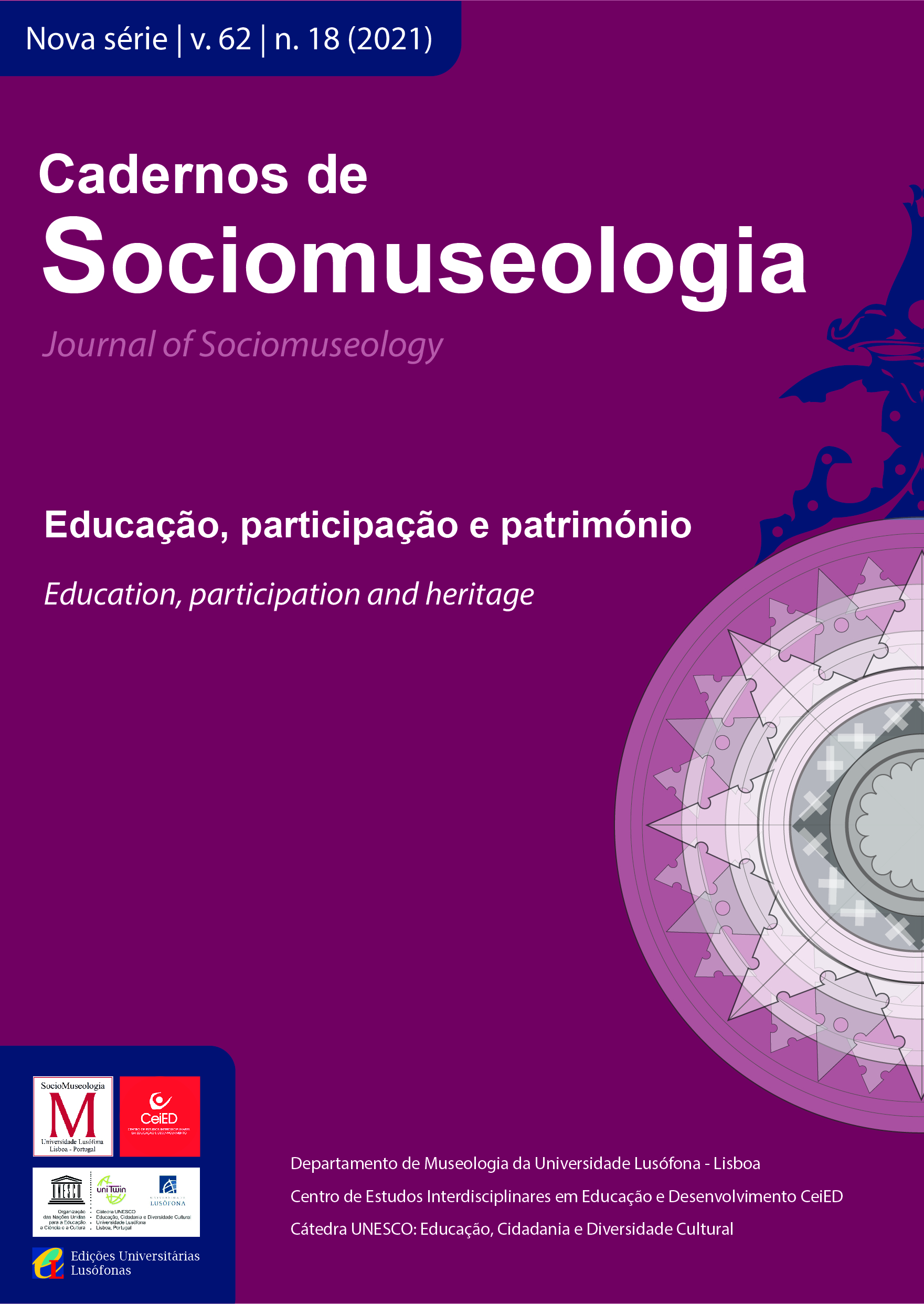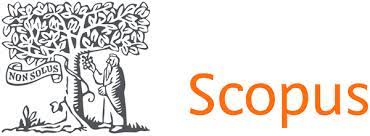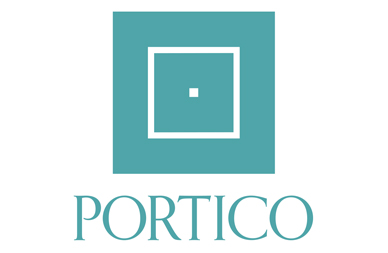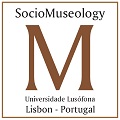Images and Collective Memories: The National Resistance and Freedom Museum in Peniche
Abstract
Museums of political memory have been dedicated to the education of recent history in countries that
suffered with authoritarianism. Simultaneously, they promote the reparation of traumatic memory of
victims of State violence. Practical and theoretical work has been done in order to extend the pedagogical
activities through the inclusion of testimonies and declarations of witnesses. The photographic image as
historical analysis tool helps us understand the late XIX century hegemonic European discourse and the
Estado Novo ideology, that oppressed Portugal for 48 years. At the same time, photography has played a
significant role in building up a counter-discourse and complementing the struggle of the people.
Nowadays, the audiovisual document is an essencial tool in preserving the resistance memory. These
recordings, promoted by the Museu Nacional Resistência e Liberdade (MNRL) – National Museum of
Resistance and Freedom –, seek to fill up gaps in Portuguese collective memory, placing them in a
traumatic memory musealised space that is the Peniche fort, used as political prison. We support the idea
that the gathering and the exposition of these individual memories can publicly express recognition of the
past injustices, and that its musealisation is an essencial step in breaking historical silencing. It was made
a critical analysis of the table of content suggested for the MNRL and an objective analysis of the
exposition 'Por Teu Livre Pensamento' – For Your Free Thinking. It has been observed that, to this moment,
the museum narrative still reproduce a celebrative character about the 25th of April, and that despite the
inauguration of the memory of the resistance in the Portuguese national museums minor effort has been
made to discuss the controversial year of 1975 that draw this country's politics.
Key-words: Photography; Colective Memory; Sociomuseology; National Museum of Resistance and
Freedom;
Downloads
Authors retain copyright and grant the journal right of first publication with the work simultaneously licensed under aCreative Commons Attribution License that allows others to share the work with an acknowledgement of the work's authorship and initial publication in this journal.













